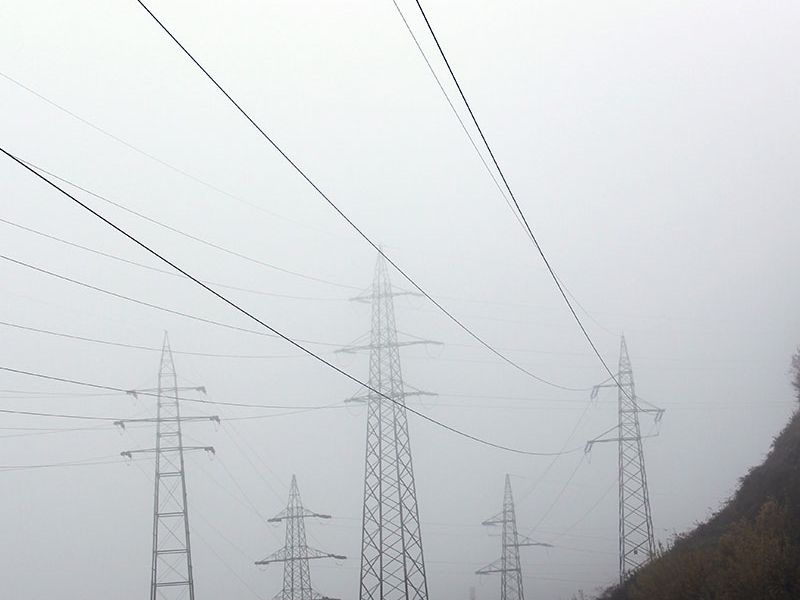Should you buy a house with a crawl space?

When buying a house with a crawl space, potential extra costs include: crawl space encapsulation (to prevent moisture and pests), repairs for existing moisture damage like wood rot, additional insulation, pest control treatments, and potential structural repairs related to water damage; all of which can significantly add to the purchase price of the home.
Moisture is the plague of crawl spaces everywhere and is a big deal because it can impact finances and physical health. So what are the consequences of moisture in a crawlspace?
#1: Energy Costs
Vented dirt crawl spaces are costly since they create damp conditions upstairs, which requires more energy to heat. Damp air also puts more strain on an HVAC system.
Taking care of humidity problems in a crawlspace can save 15-25% depending on the size of the house, whether ducts are located in the crawl, how many stories the house has, etc.
Simply caulking around windows doesn’t fix the problem.
#2: Pests
A moist and moldy crawl space attracts pests. Rodents, insects, snakes and more can make their way into the home; some die in the crawlspace. As they decay, they create offensive odors that rise into the occupied space. 
High humidity conditions in the living space invite dust mites and their droppings. These droppings exacerbate symptoms for allergy and asthma sufferers.
A moist crawlspace also favors termites due to the abundance of wet wood and since homeowners rarely visit their crawlspace, they don’t know that the home is being eaten away from the inside.
#3: Mold
Moisture settles on exposed surfaces, including joists, beams, fiberglass insulation, and drywall. As long as moisture is present, mold grows and spreads. If you’ve ever visited an older home and smelled a musty odor, mold probably was the culprit and 9 times out of 10, that musty odor comes from a basement or crawl.
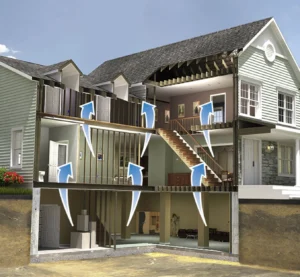
Mold in the crawl (or basement) has a direct impact on people living in the home. Because of the “stack effect,” air moves from below-grade spaces into the upper levels of the house. Warm air travels upward and escapes through cracks, windows, vents, and other openings. As the air rises, it carries allergens, spores, soil gases like radon, mold gases, dust, and harmful elements that infiltrate the living space. This often causes asthma, allergies, and respiratory problems for occupants.
#4: Rot
Moisture leads to mold and mold leads to rot. Rot eats away at wooden joists, beams, and drywall. It causes structural issues, like spongy floors, doors and windows that don’t close properly, buckling or sagging floors.
The options are to fix the moisture problem or replace floors and repair the foundation.
Controlling humidity and water intrusion are essential. To accomplish that, an encapsulation system, dehumidifier and sump pump are usually recommended.
The Solution
Crawlspace encapsulation by a crawlspace expert will insulate damp earth and keep the area airtight, dry and energy efficient. A vapor barrier is installed on the walls and floors of the crawl, preventing water vapor and humidity from reaching vulnerable surfaces like joists and subfloor. The liner is mold and mildew resistant and usually comes with a 25-year warranty. This liner creates an inhospitable environment for pests and prevents summer heat and winter cold from invading.
Then a large dehumidifier is installed. These are usually efficient, low-maintenance systems that come with a 5-year warranty and are designed for usage in below-grade spaces. Ideally, the contractor will install a crawl space door composed of inorganic materials (foam board or plastic) not susceptible to rot and rust. It’s crucial to create an airtight seal between the crawl and outside air.
If necessary, your contractor may also recommend a drainage matting system to be installed underneath the liner to direct water to a perimeter drain and sump pump system to keep water from pooling and creating long-term damage.
The adage “you pay now or pay later” certainly applies to crawl spaces!
For more information about crawlspaces visit https://www.fema.gov/about/glossary/crawlspace and
https://www.energystar.gov/saveathome/seal_insulate/basement_crawlspace
Related Posts
Critical Alert: Nashville Commercial Air Quality Issues Could Be Costing You More Than You Think
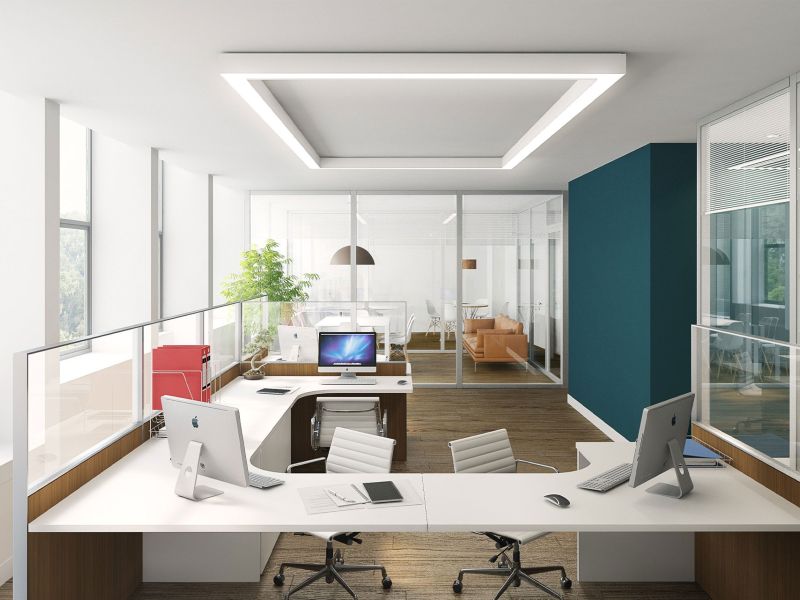
Breathe Easier: Why a Nashville Air Quality Test Could Transform Your Health
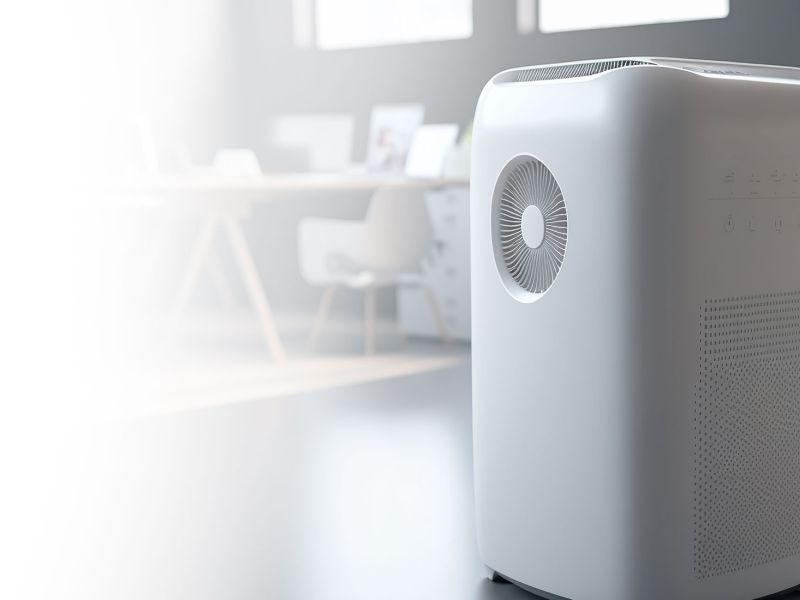
Worried About Mold? Nashville Mold Testing Can Give You Peace of Complete Mind

Nashville Mold Inspection Guide: Discover the Alarming Signs You Can’t Ignore
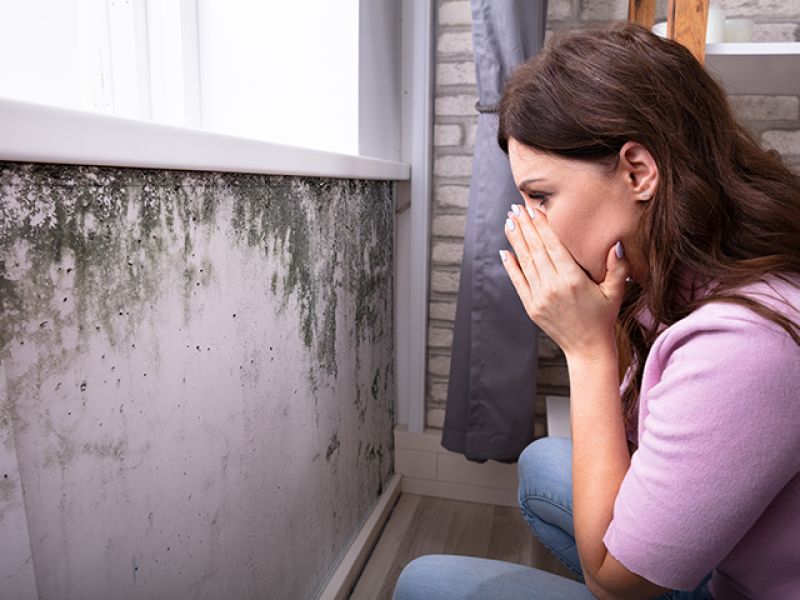
Hidden Dangers? Why Nashville EMF Testing Is Gaining Urgent Attention
